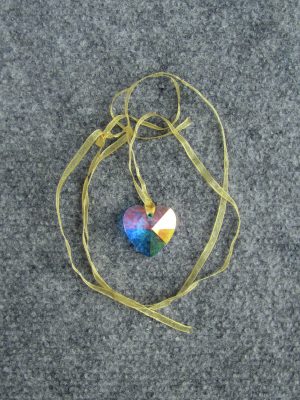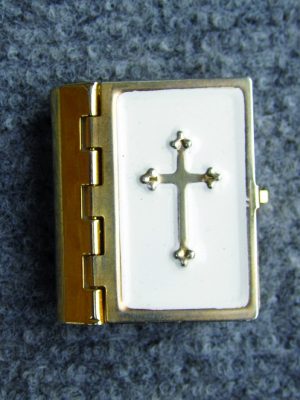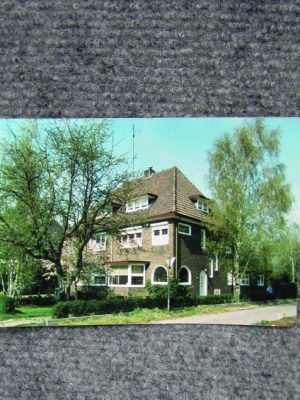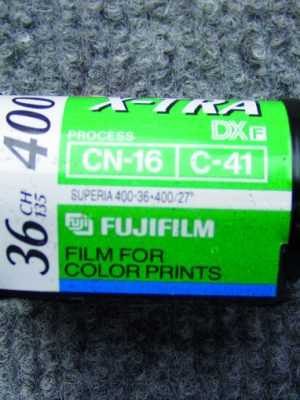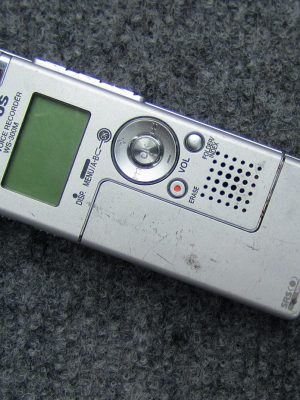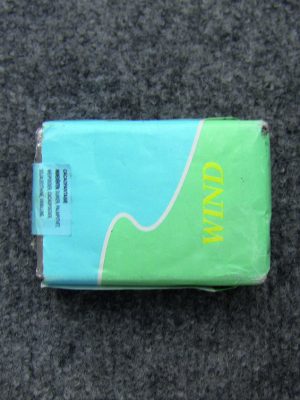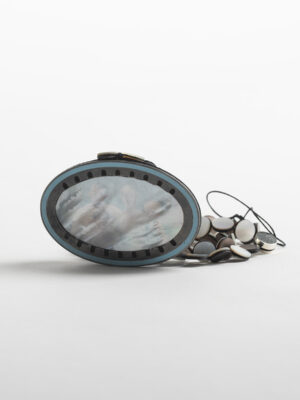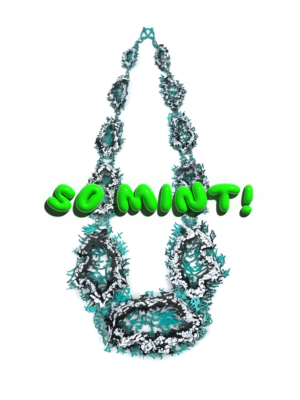Interactions in capitalism often appear quite different from what they really are. This project looks into an alternative economic structure by addressing the aspect of giving material goods away without explicit agreement for immediate or future rewards as a substitute for market or trade economy. Contrary to popular conception, there is no real evidence that societies relied primarily on trade before using money for commerce. Instead, nonmonetary societies operated largely along the principles of gift economics. When trade did in fact occur, it was usually between either complete strangers or would-be enemies.
This project is an invitation to reflect upon how we define value. People no longer see the human cooperation behind the market, which makes supply and demand possible. Human evaluations have their origin in the ability of sentient living organisms to prioritize and weigh up behaviors consciously according to self-chosen options; if they value or cherish something, that should be in the first instance a subjective appreciation. When a system becomes impure, in this case the trading values of things, they seem to gain an independent, objectified power over us. The relationships between things shape and even dominate the relationships between people on a larger economic scale – to the extent that they must constantly adjust – consciously or unconsciously – to the changing value proportions between things over which they don’t have any control anymore. This system can only be alternated by re-defining the value of things and adjusting the ritual of exchange.
In this show I collected 86 things of various nature, of value to me and re-distributed them into a system where the effects of a certain act are not to be forecasted by logic. The system works as a method and can be applied by anyone. The objects displayed in my case were often intercoms to a memory, indicating special events in my life. It plays with the aspects of found objects after someone’s physical disappearance through for example death. In this way the exhibition also functions as a construction and deconstruction of a personal life and the symbols that it is portrayed by. In order to divert from the art object fetishism and the market value of the (art)product, the show was made in order to disappear during the course of the exhibition. The objects on display in the exhibition, varying between objects with personal histories, photographs, gifts and art objects, were to be taken by the audience as a gift (for free) signed by the artist. On the first day 69 objects had vanished. The exhibition vanished completely during its time on display.
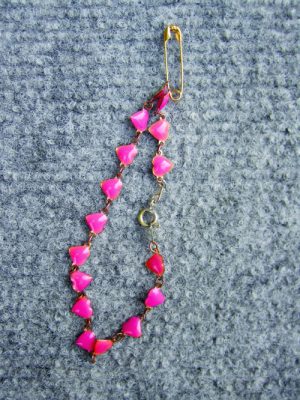

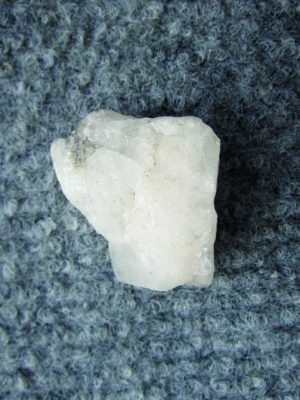

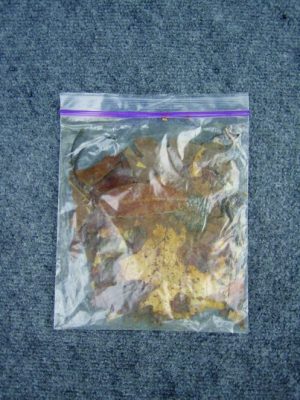
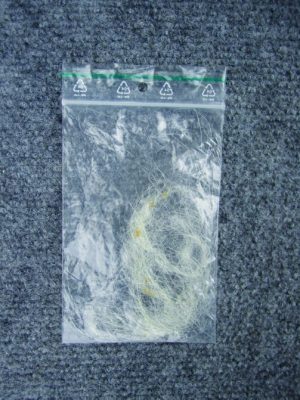
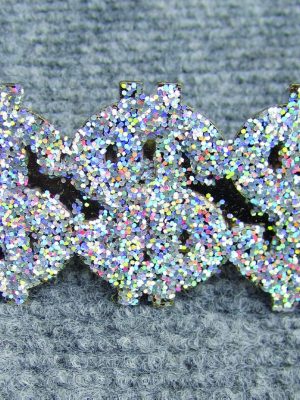
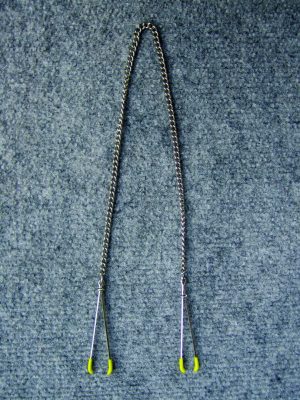
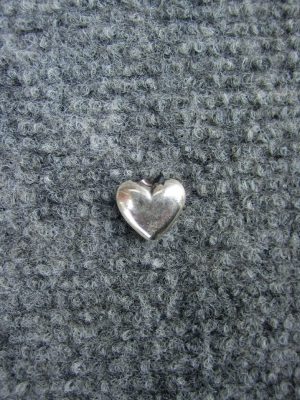
Instruction
1 — Select 86 objects that you have kept for over 10 years and that you are attached too, but you do not really need. 2 — Catalogue all of the items.
3 — Give them away.
We are closer to having than to being. Objects represent fragments of the world that surrounds us. They define the boundaries of a place we can not leave. In which the objects own us as much as we own them. And yet we care so little for the lives of things. We are such poor neighbors to the things that surround us, locking them up in boxes and subjecting them to our narratives, the fictions and dreams we weave around our past. The objects never had the ambition to become icons.
In an ethnographic museum, among a jumble of objects from distant sources was a show on Polynesian artifacts. A text explained that within Polynesian cultures your richness is defined by what you can give away instead of what you own. The more you give away the more valuable become the things that stay behind.
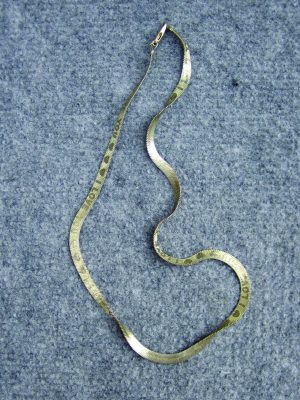
This article was first published in the #1 Archetype Issue of Current Obsession Magazine, 2013
